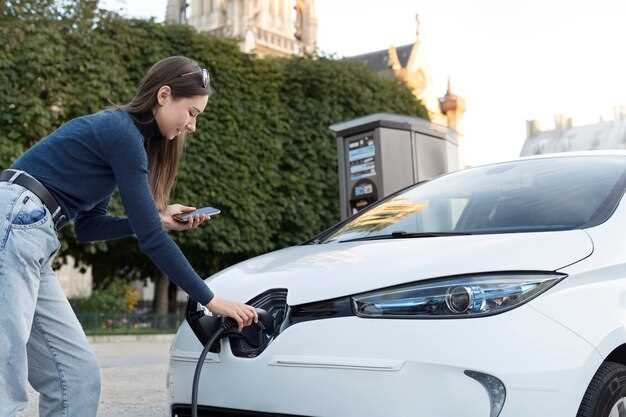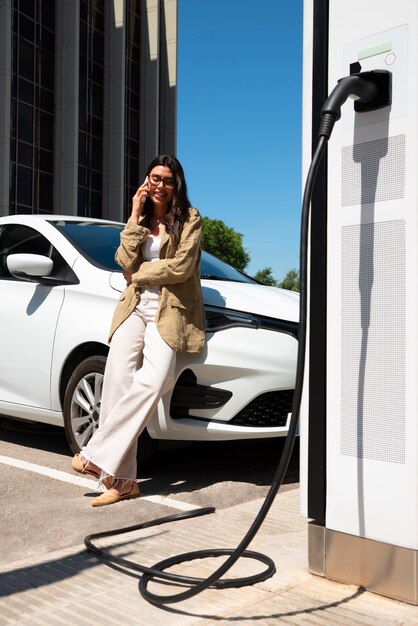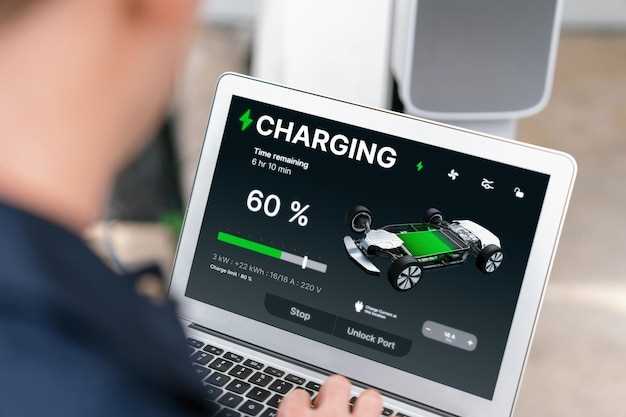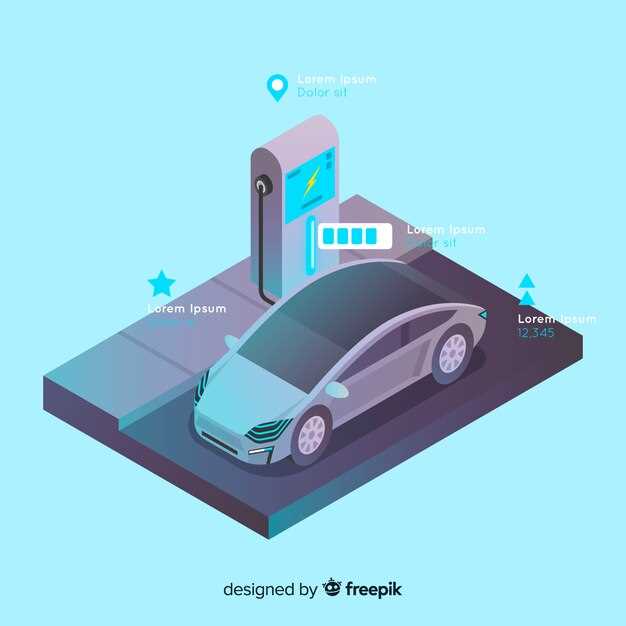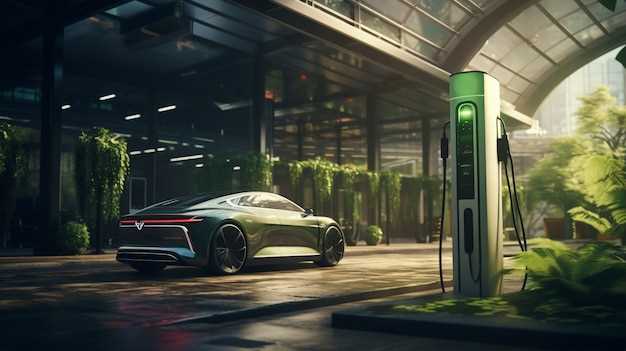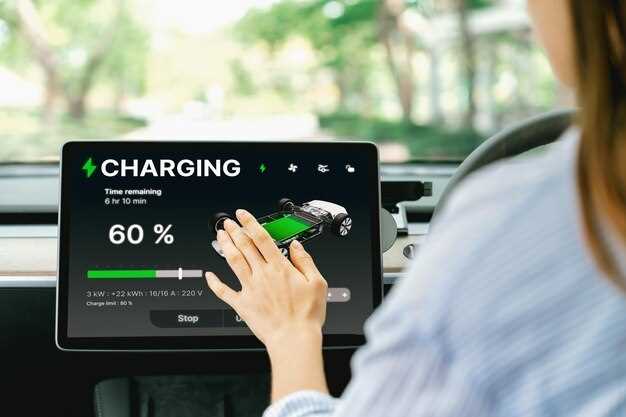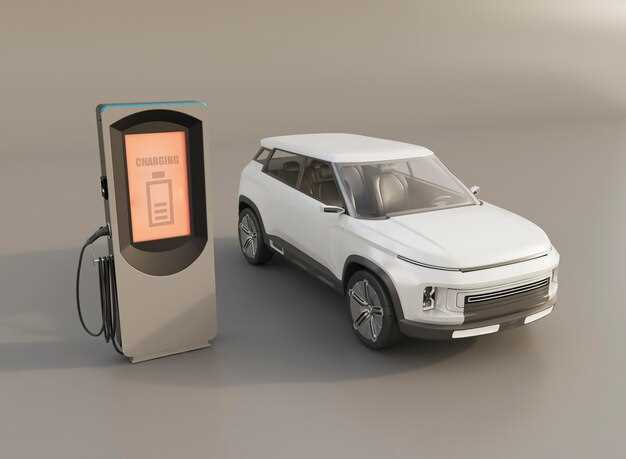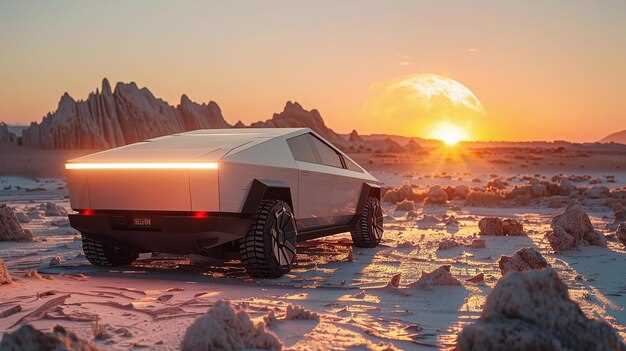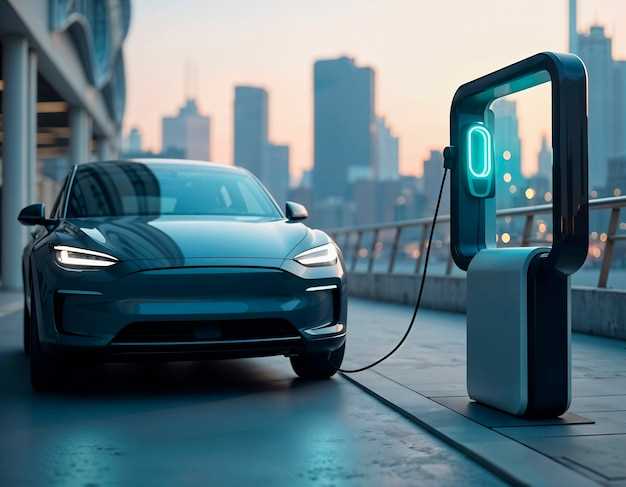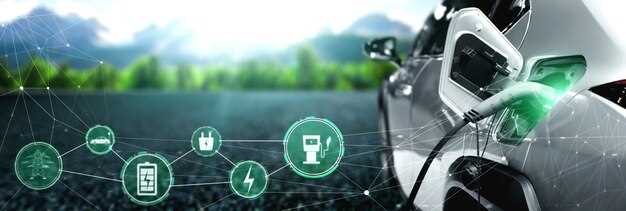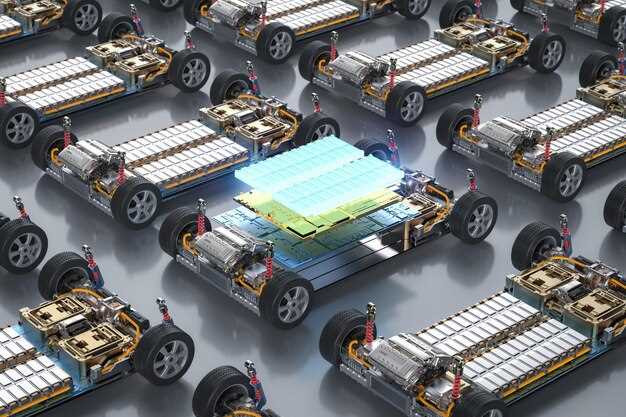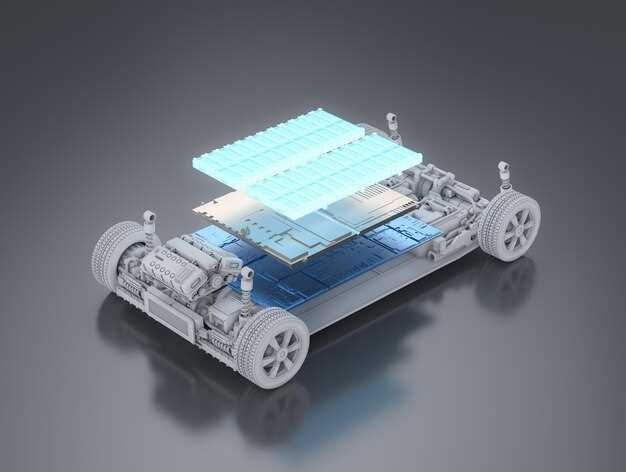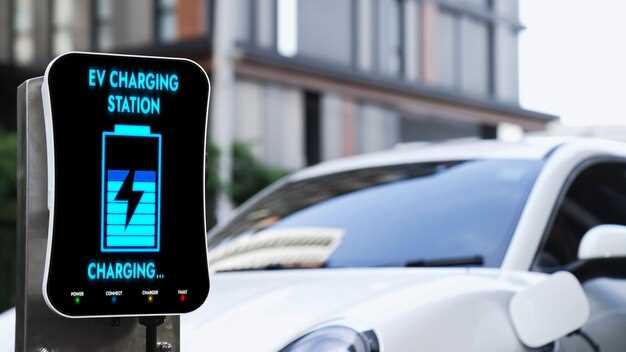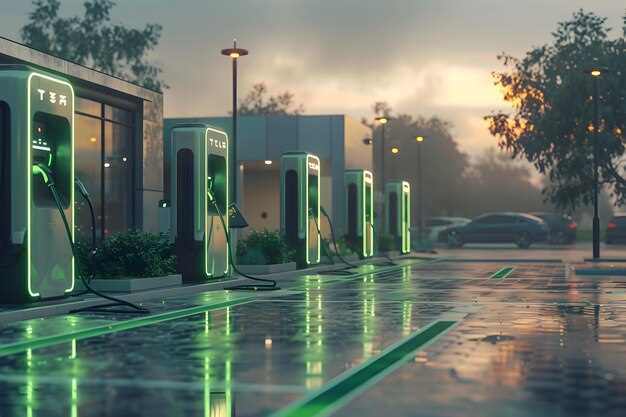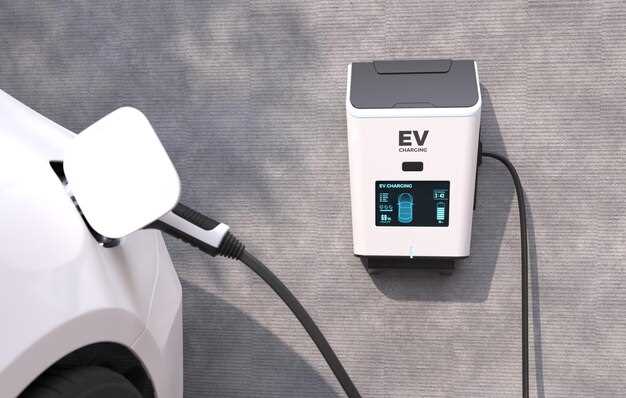
The shift towards electric vehicles (EVs) has transformed the automotive landscape, offering consumers a more sustainable alternative to traditional gas-powered cars. As the market for EVs expands, many potential buyers consider the option of purchasing used electric vehicles. This decision presents a unique set of advantages and challenges that warrant careful consideration.
One of the primary benefits of buying used EVs lies in the significant cost savings they offer compared to new models. As depreciation sets in, the prices of used electric cars often plummet, making them accessible to a broader audience. Furthermore, buyers of used EVs can take advantage of various incentives and rebates that may still apply, enhancing the overall affordability of the purchase.
However, purchasing used electric vehicles comes with its own drawbacks. Potential buyers must navigate the complexities of battery life and performance degradation, which can vary widely among different models and ages of vehicles. Understanding the specifics of a used EV’s battery condition is crucial, as it directly impacts the car’s range and overall longevity. Additionally, the availability of charging infrastructure in the buyer’s area can affect the practicality of using a used electric car.
In conclusion, the decision to buy a used EV requires a thorough evaluation of both the financial implications and the functional aspects of the vehicle. With a careful assessment, buyers can make informed choices that align with their sustainability goals while also fitting their budget.
Cost Analysis: How to Compare Prices of Used EVs vs. New Cars

When considering the purchase of a vehicle, understanding the financial implications is crucial. Used electric vehicles (EVs) provide a unique opportunity to explore cost savings compared to new cars. The initial price of second-hand EVs typically reflects depreciation, making them more affordable options for budget-conscious buyers.
To accurately compare prices, it is essential to consider the total cost of ownership (TCO). This includes not only the purchase price but also factors such as insurance, maintenance, and energy costs. While new cars often come with warranty packages that can reduce repair expenses, second-hand EVs may require more frequent servicing depending on their age and mileage.
Charging infrastructure also plays a role in the cost analysis. Used EVs might have older battery technologies that affect charging efficiency and range. Identifying potential additional costs for upgrading home charging units or relying on public charging stations is vital when evaluating these vehicles against new models that feature more advanced technology.
Moreover, potential buyers should investigate available incentives and rebates. Many regions offer tax credits for new EV purchases, which can significantly lower the total cost. However, some areas also provide support for second-hand EVs, making them even more attractive financially.
Ultimately, analyzing the upfront costs and ongoing expenses associated with both second-hand EVs and new cars will empower buyers to make informed decisions that align with their financial goals and lifestyle needs.
Battery Life Considerations: What to Check Before Purchasing a Second-Hand EV
When considering the purchase of a second-hand electric vehicle (EV), evaluating the battery’s condition is crucial. The battery not only dictates the car’s range but also influences its overall performance and long-term reliability. Here are key factors to review:
1. Battery Health Percentage: Most EVs come equipped with a battery management system that tracks the battery’s health over time. It’s important to check the battery health percentage using diagnostic tools or by consulting the seller. A healthy battery typically maintains around 70-90% of its original capacity. Anything significantly lower may indicate potential issues.
2. Charging Cycles: Every EV battery undergoes charging cycles, which can wear it down over time. Inquire about the number of complete charging cycles the car has experienced. Generally, a battery is rated for a certain number of charge cycles (usually between 500-2,000). Fewer cycles may indicate a longer lifespan ahead.
3. Age of the Battery: The age of the battery can affect its performance. Lithium-ion batteries, common in EVs, degrade over time, regardless of usage. Be aware of the age of the battery and the overall vehicle. A well-maintained battery from a newer model may outperform an older one, even if the latter has fewer cycles.
4. Warranty Status: Check if the battery is still under the manufacturer’s warranty. Many EV batteries come with warranties that last for 8 years or a specific mileage limit. A transferable warranty can provide peace of mind and potential financial coverage if issues arise.
5. Maintenance Records: Request the maintenance history of the vehicle, particularly any battery-related work. Regular maintenance can enhance battery life, so a vehicle with detailed records may be a better investment than one without.
6. Temperature Management: Temperature significantly affects battery performance. Investigate whether the vehicle has an active thermal management system, which helps keep the battery at an optimal operating temperature. This feature can enhance battery longevity and efficiency.
7. Charging Habits: Understand the seller’s charging habits. Frequent fast charging can contribute to battery wear. If the previous owner primarily used rapid chargers, the battery may have degraded faster than one that was mostly charged at home using standard charging methods.
By examining these battery life considerations, potential buyers can make informed decisions when selecting a second-hand EV. A thorough evaluation will ensure not only a satisfying purchase but also a reliable vehicle for years to come.
Incentives and Resale Value: Understanding Financial Implications of Used EVs
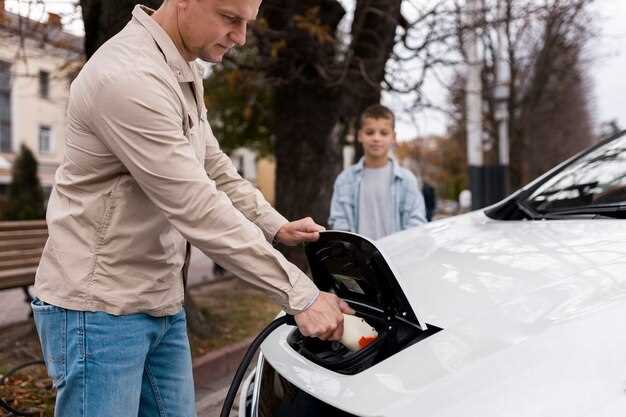
When considering a used electric vehicle (EV), understanding the financial implications, including incentives and resale value, is crucial for making an informed decision. Governments and local authorities often provide financial incentives for buying new EVs, such as tax credits, rebates, and access to carpool lanes. However, these incentives may not always apply to second-hand EVs, which can impact the overall cost-effectiveness of your purchase. It’s essential to research local policies regarding used EVs to identify potential savings and programs available to you.
The resale value of used EVs can vary significantly based on several factors, including brand, battery condition, mileage, and market demand. While some used EVs maintain a relatively high resale value due to brand reputation and technology, others may depreciate rapidly due to advancements in EV technology, making older models less desirable. This depreciation rate is crucial for buyers to consider, as it affects the long-term value of the investment.
In addition to traditional depreciation factors, used EV buyers should also evaluate battery life and potential replacement costs. As EV technology continues to improve, newer models often exhibit greater efficiency and longer ranges, potentially decreasing the resale value of older models. Buyers can mitigate this risk by purchasing second-hand EVs with warranties that cover battery performance, ensuring a reliable investment over time.
In summary, while used EVs can offer substantial savings compared to new models, prospective buyers must carefully assess available financial incentives and market factors influencing resale value. Understanding these elements will empower buyers to make financially sound decisions when entering the used EV market.


